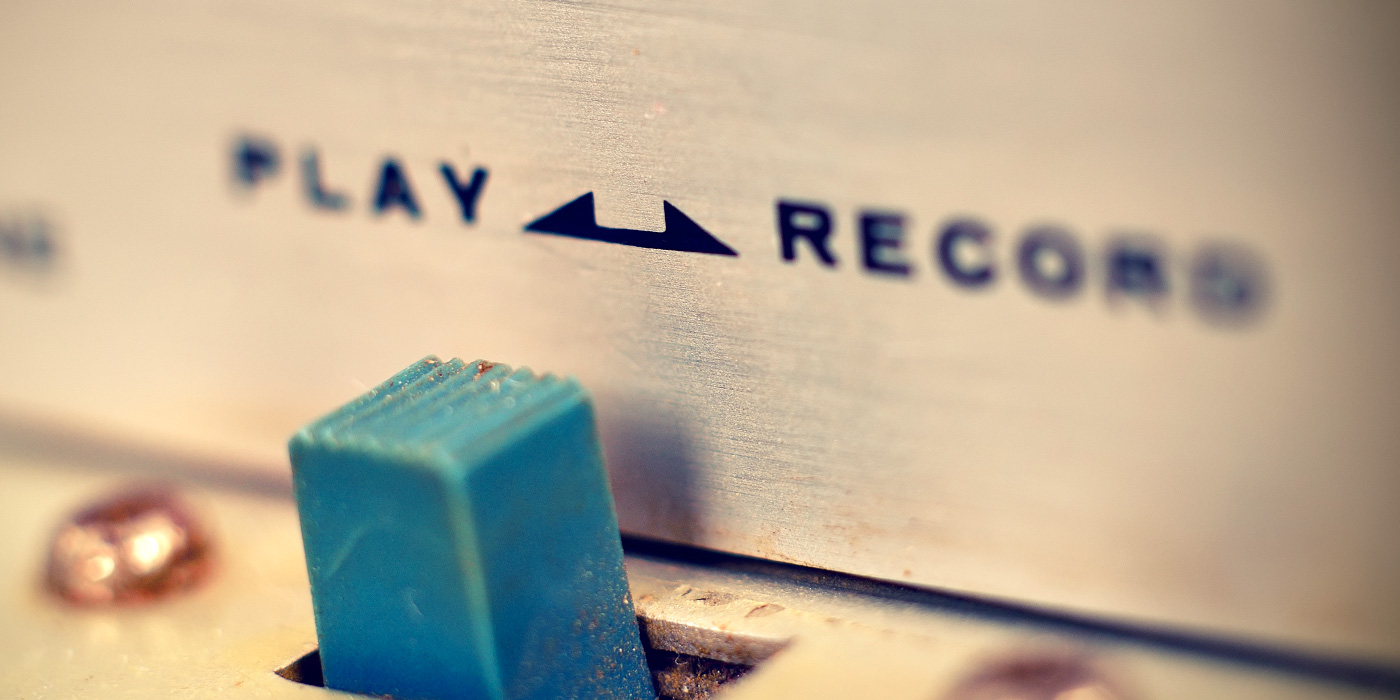RECORDING 101: USING YOUR EARS (AND YOUR HEAD)
We begin with a look at the big picture, using some specifics of instrumental recording for demonstration purposes. This overview utilizes numerous concrete examples and introduces topics that will be taken up in greater detail in later installments…
MULTI-TRACKING IN THE DIGITAL AGE
This installment offers an overview of popular recording technologies as well as both the process and terminology involved in getting a good signal “to tape†(OK, that’s the “old school†description: now usually “to hard disk.â€)…
UNDERSTANDING DIGITAL AUDIO - PART 1
These days you’re surrounded by devices that do digital audio recording—it’s the norm, and not just in your studio where you may have one or several of these: A computer—desktop or laptop—that functions as a DAW (digital audio workstation), recording to a hard drive…
UNDERSTANDING DIGITAL AUDIO - PART 2
Last time, we explored the basic principles of digital audio. This included discussion of bit-depth, quantization, clipping, dither, signal-to-noise ratios, sample rates, and aliasing. Part 2 builds on this foundation: exploring converter designs, buffers, latency, hard drives, data compression, file formats…
SETTING LEVELS AND MAKING CONNECTIONS
Now that we’ve taken some of the mystery out of metering, let’s look at setting levels. To do this properly, we will consider the equipment, the music, and the context within the recording process itself. While I will offer some starting points for level settings, note that these are just loose guidelines…


